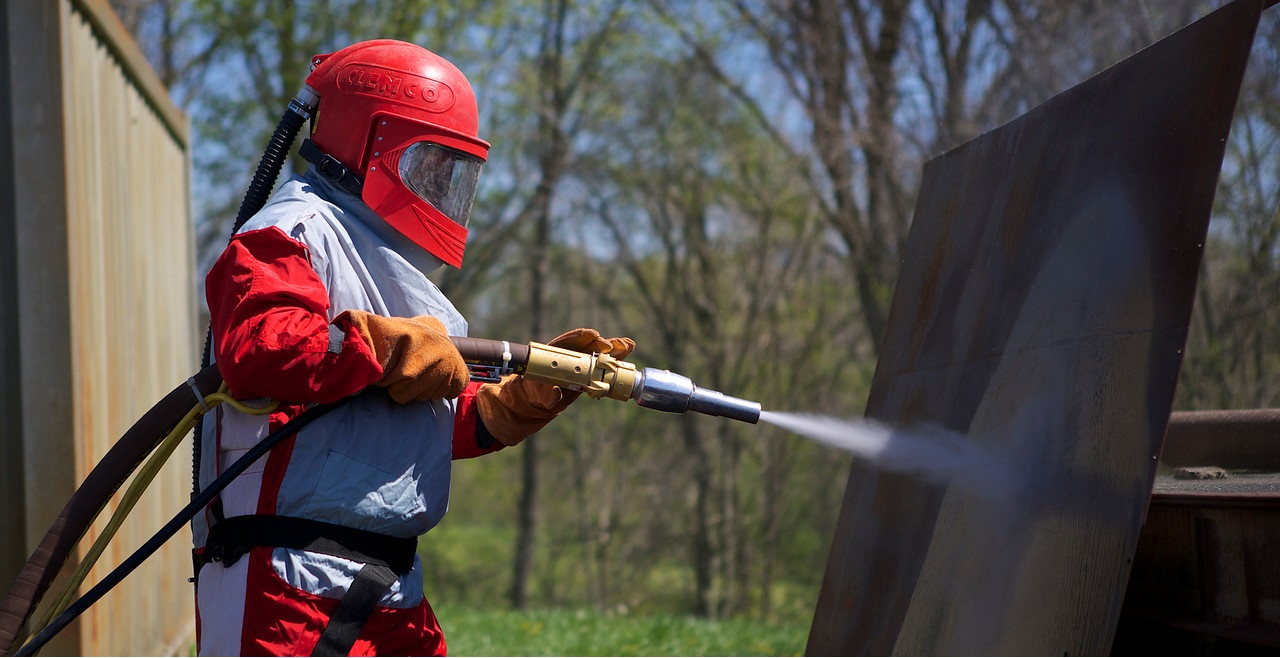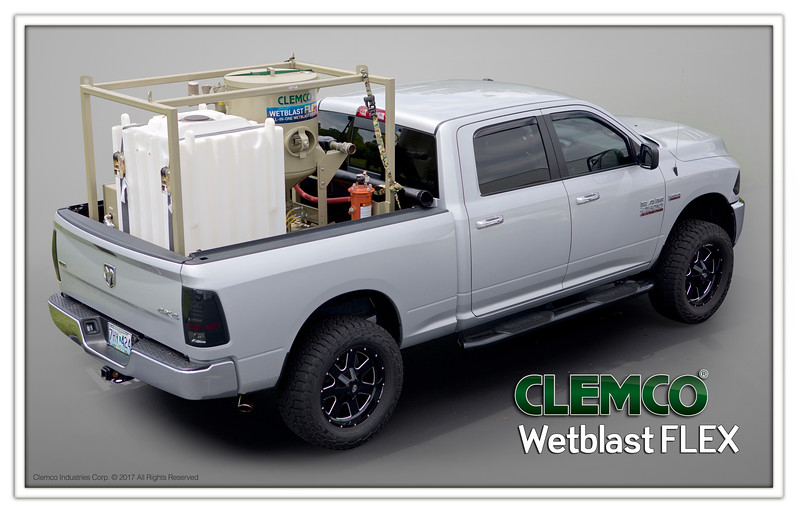Is Dustless Blasting Really Dustless?
By on Nov 3rd 2017

There are many benefits to dustless blasting, one thought being that it doesn’t produce dust. However, be wary of those that claim to produce zero dust, because that just isn’t possible.
So, you’re probably wondering why it’s called dustless blasting if it isn’t dustless?
What should we call it?
Wet abrasive blasting utilizes water to capture particles before they enter the air, but it can’t possibly catch them all. However, what it does capture makes the process one that many blasters prefer over traditional methods.
This is all important to know and understand in relation to your health, OSHA’s requirements, and the risk of silicosis.
Silicosis is caused by breathing in the invisible particles (silica) created by sandblasting. Silica is a mineral part of sand, rock, and other mineral ores. These particles scar your lungs over time which can hard your ability to breathe.
Understanding that wet blasting still produces these harmful particles is imperative to your health.
What are the benefits?
When proper precautions are taken, the benefits of wet abrasive blasting are plenty. For one, your protection is a lot more comfortable and light weight. The blast suit that must be worn for wet abrasive blasting includes eye protection, hearing protection, and a respirator. Clemco's Wetblast FLEX is a great product to use for wet abrasive blasting.
On the other hand, dry blasting suits include a blast suit, gloves, helmet/hood, and hearing protection.

Another benefit is that the containment setup for wet abrasive blasting is less that than of traditional blasting. Rather than ensuring the dry blasting environment is fully contained, a simple tarp set up for easy cleanup is all you’ll need.
This form of blasting also uses less media than dry blasting and a significantly lower amount of water compared to slurry blasting, saving you money over time.
With wet abrasive blasting, the water also helps to keep metallic surfaces cooler when blasting. This is particularly important when blasting thinner metals. Why? With typical blasting, heat generated by friction from blasting can actually warp the metal. With this method, that’s avoided.
Should I look into wet abrasive blasting?
Wet blasting can be used in a wide variety of applications: from antique restoration to surface prep. It also creates less operating costs and equipment wear when compared to other forms of blasting.
So, whether this is the form for you’re to operate with completely depends on your preferences! Some people like to try new things while others prefer a time-tested method.
Which method do you prefer and why? We’d love to hear from you!
Sources:
http://blastjournal.com/dustless-blasting-is-a-myth/
https://sandblastingmachines.com/blog/sandblasting-denim-in-the-fashion-industry/
http://blastjournal.com/10-reasons-vapor-abrasive-blaster






